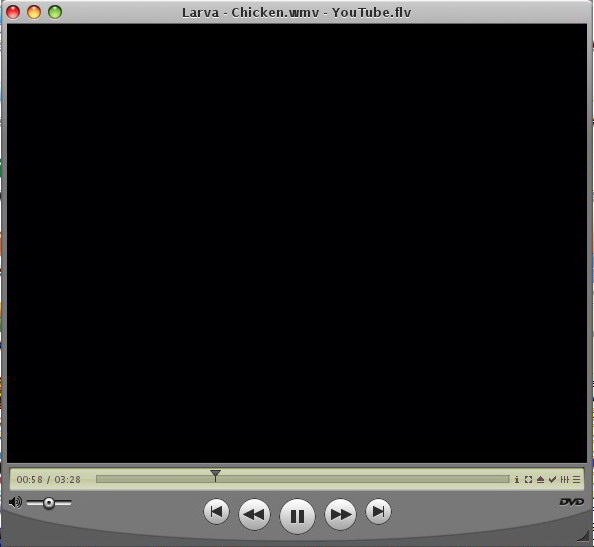

You can't apply skins on VLC's Mac OS X version. Extracting them doesn't take long and you won't have any difficulties applying them on the player. The package contains over one hundred different skins for VLC Media Player. If you wish to try creating your own skins, you can find the skin editor here. What's more, you can download a skin editor and create your own skins. You can find more skins on VideoLAN's website. The new skin will be visible on VLC the next time you run it. After selecting this option, all that is left to do is select one of the new skins, through a standard Open dialog. On the menu's Interface tab, you must select "use custom skin", instead of "use native skin". Once the skins are unpacked in the appropriate location, you must run VLC and open its settings menu.

If you are using a 64-bit operating system, then you should look for "Program Files (x86)". Unless you have installed the player in a custom location, you can find the folder in C:Program FilesVideoLANVLC. To apply them to the player, you have to extract the archive's contents to the Skins folder, located in VLC's installation directory. It is nothing more than a ZIP archive with skins for VLC. The VLC Skins Pack is not an application or something that needs to be installed.

What's more, you can download the VLC Skins Pack, which contains 120 different skins. Fortunately, there are countless skins to be found for this player and you can have them for free. There is no doubt that VLC Media Player is one of the best on the market, but its appearance may look a bit outdated for some users. Besides its basic capabilities, a media player's appearance is the next important characteristic you should look at.


 0 kommentar(er)
0 kommentar(er)
